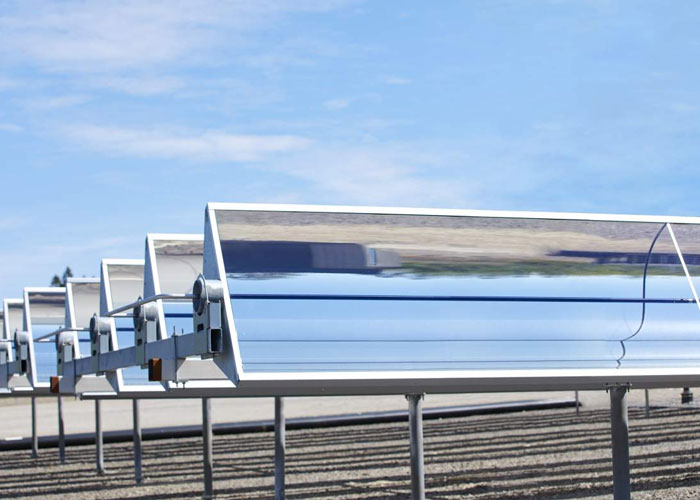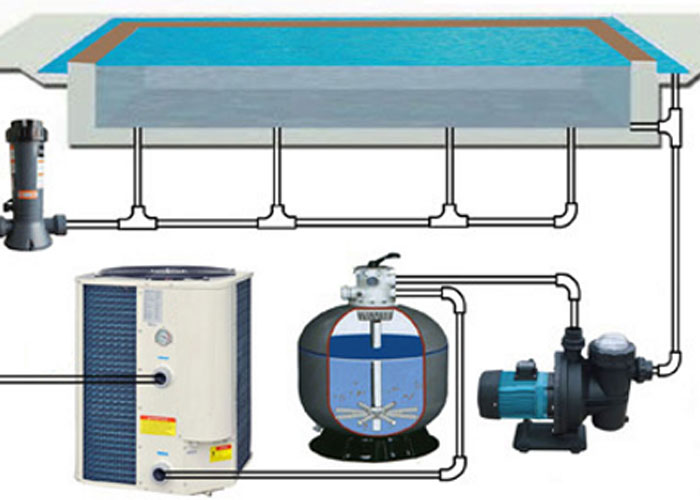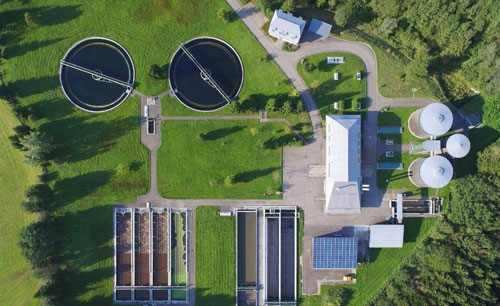WWTPs consume high amounts of energy. In some cases, this can reach up to one kWh/m3. High energy consumption is a consequence of several factors, including stricter environmental limits, complex technology, and various operating conditions. Climate can only have a minor impact on energy consumption; colder temperate conditions may reduce energy consumption. Various studies have shown that energy usage can decrease significantly when operating in areas with lower average temperatures.
Depending on the location of your home, you might have to purchase an STP to handle your sewage. Generally, residential buildings need at least one STP to treat sewage. Many STPs are located underground, making them difficult to maintain. Moreover, you may not be able to inspect them without hiring an expert. It is better to consult a professional if you have any doubts about the process.
Reduced energy consumption
One of the most significant environmental benefits of wastewater treatment plants is reduced energy consumption. The wastewater treatment plants can reduce energy consumption by harnessing heat energy produced by bacteria. Additionally, the WWTPs can generate biogas from sludge to replace natural gas, which in turn reduces global warming potential. The following are some of the ways in which wastewater treatment plants can reduce energy consumption. All of these technologies can reduce energy consumption in a WWTP.
For instance, a recent study by the IVL used digital twins to determine the efficiency of the plant's operation. The study emphasized the importance of biogas production and sludge management, which provide the best wastewater treatment. The study also found that a combination of chemical and biological treatment was the most efficient. In addition to analyzing the benefits of reduced energy consumption, Bengt also offers useful tips for WWTP users. Users should inventory their energy consumption and optimize their energy-intensive units among these recommendations. They should also study each stage of the treatment process.
Increased energy recovery

Increasing the efficiency of a WWTP requires improvements in multiple processes and components. Aeration systems and mechanical devices are among the most important components of the WWTP energy balance. A variety of advanced improvements have been identified in both designed and existing plants. Increased energy recovery is one of the key goals of the R3water project. This project aims to demonstrate new technologies and management measures for resource efficiency improvement in existing WWTPs.

The highest specific energy consumption of a WWTP is about 1 kWh/m3 and is a function of many factors, including complex technology and stricter environmental regulations. Climate also plays a small role in energy consumption. Lower energy consumption is possible under colder temperate conditions. The specific energy consumption of the process in Canada and Singapore shows a range of energy recovery products with varying degrees of quality. Further, the total energy embedded in a WWTP is estimated to be 9.7 kWh/m3.
Reduced volume of dewatered sludge
The dewatered sludge produced by a wastewater treatment plant (WWTP) can be classified into two classes, namely primary and secondary. Primary sludge contains about two per cent to ten per cent solids, whereas secondary sludge has one per cent to three per cent solids. The particles in the primary sludge are larger than those in the secondary sludge. While both types are considered hazardous, the former is less likely to contain chemicals.
There are many techniques to reduce sludge volumes. They can be implemented in a new WWTP or retrofitted in an existing one. However, the best option depends on a given WWTP's specific conditions and configuration. In addition, it depends on the skill level and attitude of operators and water companies. These techniques can also reduce the volume of dewatered sludge in an existing WWTP.
Improved nitrification
To improve nitrification in wastewater treatment plants, it is necessary to understand the factors favour nitrification. The pH and temperature of influent streams must be adjusted to the optimal levels for nitrifying bacteria to flourish. Different nitrifying bacteria can be more active under different conditions. These factors affect nitrification rates differently. To understand the role of pH and temperature in nitrification, it is essential to understand the function of temperature and buffering.
An example of a WWTP undergoing a bioaugmentation program is the UltraClear Nitrification System. This technology adds nitrifying bacteria at a 30x rate. This rapid addition of nitrifying bacteria allows the WWTP to achieve permit-level nitrification more quickly. The UltraClear System uses the power of bioaugmentation to increase nitrification and lower sludge ages.







































Share Post